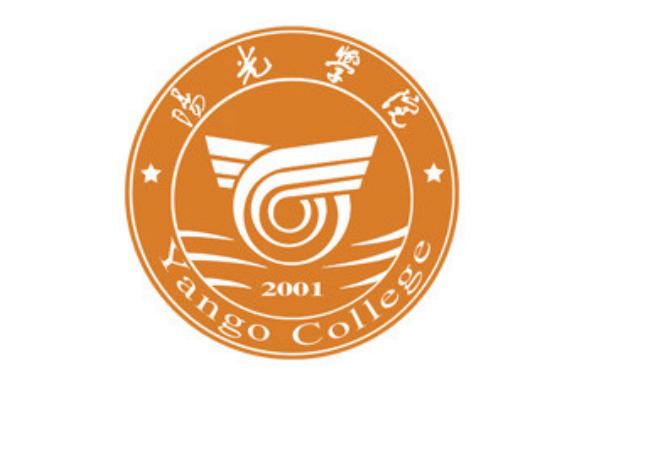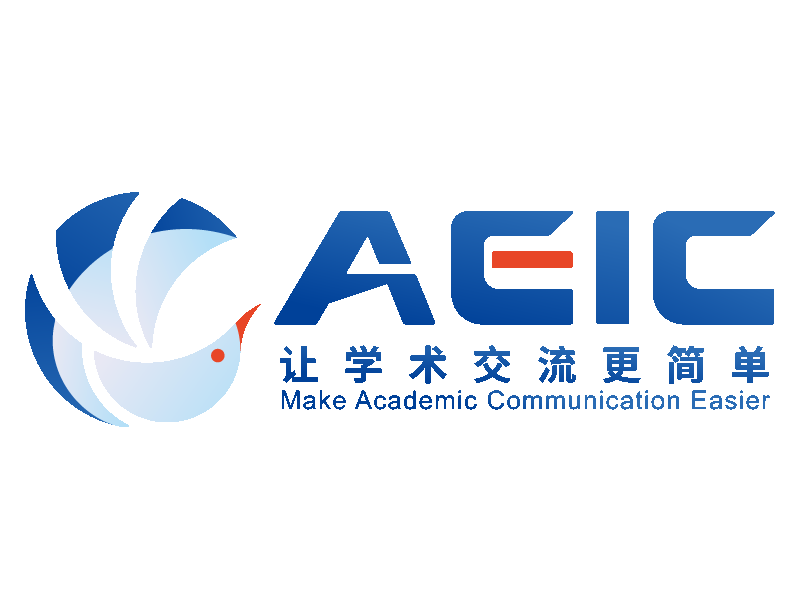Welcome to
ICBAIE 2020
Welcome Prof. Fenghua Huang, from College of Artificial Intelligence, Yango University, China to be Keynote Speaker!
 | Prof. Fenghua Huang, IEEE Member, College of Artificial Intelligence, Yango University, China (click) |
| Research Area: Machine Learning, Big Data, Remote Sensing Application | |
Peer Reviewer of the following journals: · IEEE Access · ACM International Conference Proceedings Series |
Title: Automatic Extraction of Impervious Surfaces from High Resolution Remote Sensing Images Based on Deep Learning
Abstract: Due to the complexity of urban surface, the differences in impervious surface materials, the mutual interference between the spectra of ground objects and the huge impact of ground object shadows in high-resolution remote sensing (HRRS) images, it is improper to directly use shallow machine learning algorithms and conventional object-oriented segmentation methods to extract urban impervious surfaces from HRRS images. Therefore, a method for automatic extraction of impervious surfaces from HRRS images based on deep learning (AEISHIDL) is proposed to address this problem. Firstly, the original HRRS images are pre-processed and the Gram-Schmidt algorithm is employed for the fusion of panchromatic and multi-spectral bands in HRRS images. In addition, an enhanced bilateral filtering method considering edge characteristics (EBFCEC) is designed and adopted to remove noises and enhance edges of man-made objects in original HRRS images. Secondly, the EBFCEC filtered images are partitioned into multi-layer object sets by using improved marker watershed based on LAB color space (IMWLCS), and the related objects in different sets are re-segmented to have the same edges through edge integration, after which we extract spectral feature averages and shape feature values of all objects while the convolutional neural network (CNN) is used to calculate the CNN feature averages of all pixel neighborhoods in each object. Finally, the fuzzy c-means clustering (FCM) algorithm is employed jointly considering the spectrum, shape and CNN features of the segmented objects in HRRS images to judge whether the objects belong to impervious surfaces, thereby effectively increasing the accuracy of automatically extracting impervious surfaces. Two different experimental regions are selected from two different types of HRRS images (WorldView 2 and Pléiades-1A) respectively (4 experimental regions in all). The experimental results show that AEISHIDL has higher accuracy and automation level compared with other four representative methods in urban impervious surfaces extraction from HRRS images.












